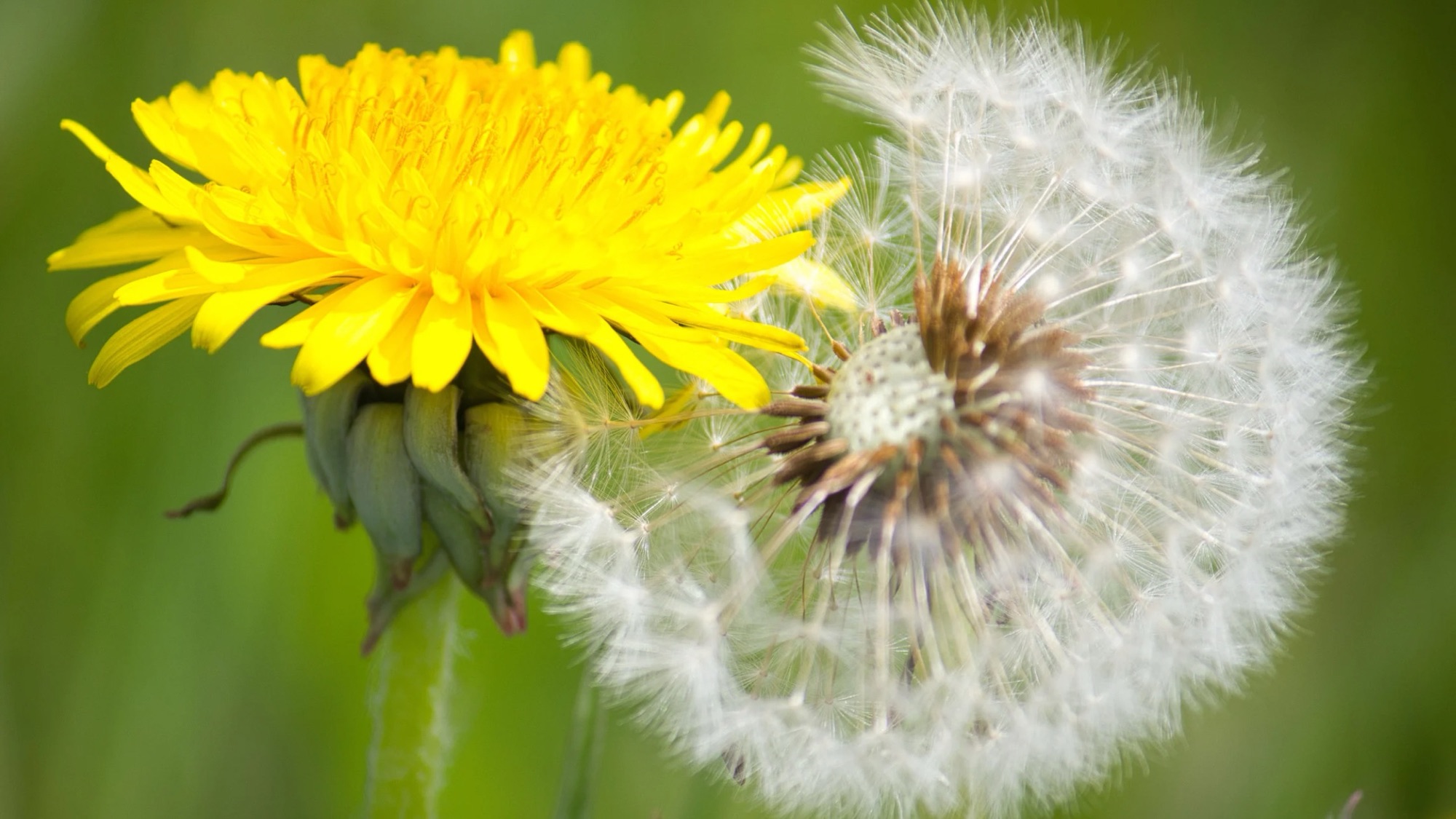When most gardeners wrap up in the fall, they rake, mulch, maybe plant some garlic — and call it a season. But what if you could use that downtime to improve your soil, suppress weeds, prevent erosion, and feed next year’s garden… naturally?
That’s where cover crops come in.
Whether you’re a backyard gardener or manage a larger homestead, planting cover crops in fall is one of the smartest things you can do for long-term soil health.
🌱 What Are Cover Crops?
Cover crops (sometimes called “green manure”) are plants grown not to harvest — but to cover and improve the soil. They’re usually planted in the off-season (like fall) and terminated before planting crops in spring.
Think of them as a living mulch, nutrient bank, erosion shield, and soil builder all in one.
💡 Benefits of Fall Cover Crops
| Benefit | How it Helps |
|---|---|
| Prevents soil erosion | Roots hold the soil in place over winter rains and snowmelt |
| Suppresses weeds | Outcompetes winter weed seeds and forms a dense mat |
| Improves soil structure | Deep roots break up compaction and create channels for air/water |
| Boosts soil fertility | Legumes fix nitrogen, grasses add organic matter |
| Feeds soil life | Provides food for worms, microbes, and fungi during dormancy |
🧠 Cover crops aren’t just passive protection — they’re active ecosystem builders.
🌾 Best Fall Cover Crops for Home Gardens
🟢 1. Winter Rye (Cereal Rye)
- Hardy to: Zone 3
- Use for: Weed suppression, erosion control, adding organic matter
- Tillage: Can be cut and turned in or crimped before planting
Great for: Beds that will be planted later in spring (May+)
🟣 2. Crimson Clover
- Hardy to: Zone 6 (with mulch in Zone 5)
- Use for: Nitrogen fixation, pollinator support in spring
- Tillage: Easy to mow down or till in when flowering starts
Great for: No-till beds or nitrogen-hungry crops like tomatoes
⚪ 3. Hairy Vetch
- Hardy to: Zone 4
- Use for: Nitrogen-fixing and deep soil loosening
- Tillage: Can be rolled or mowed in spring; vines can get dense
Great for: Heavy clay soils or as part of a mix
🟠 4. Field Peas
- Hardy to: Zone 5
- Use for: Quick cover and nitrogen fixation
- Tillage: Winter-killed in colder climates = natural mulch
Great for: Cold regions — self-terminates with frost
🟤 5. Oats
- Hardy to: Zone 6
- Use for: Fast-growing fall cover that dies back in winter
- Tillage: No spring kill required; use as mulch or compost in
Great for: Easy cleanup and spring prep
📅 When to Plant Fall Cover Crops
Plant 4–6 weeks before your first frost for best establishment.
- Zone 5–6 (Cleveland): Aim for early September to early October
- Earlier planting = stronger root systems = more soil benefits
If you’re late? Choose quick growers like oats or field peas that still give partial coverage.
🌿 How to Plant Cover Crops
- Remove existing plants or weeds
- Loosen the soil lightly with a rake or hoe
- Broadcast seeds evenly across the bed
- Lightly rake in or cover with ¼–½ inch of soil or compost
- Water thoroughly (or let fall rains do it)
📦 Most garden centers or farm supply stores sell cover crop seed by the pound — or look for organic seed online in bulk.
☠️ How & When to Terminate in Spring
- Winter-killed crops (like oats or peas): No action needed — just rake into soil or plant into residue.
- Living crops (like rye or clover):
- Mow or crimp before flowering
- Wait 2–3 weeks before planting to avoid nitrogen tie-up
- Or cut and compost, then rework the soil
❓FAQ: Cover Crops in the Fall
Q: Can I plant cover crops after pulling summer veggies?
A: Absolutely. Once beds are cleared in late summer or early fall, sow immediately for best results.
Q: Do I need to fertilize with cover crops?
A: Not usually. Legumes fix nitrogen, and the biomass they leave behind becomes a slow-release fertilizer.
Q: Will cover crops reseed and become invasive?
A: Most garden-use species don’t reseed aggressively — just mow or terminate before seeding.
Q: Can I grow a mix of cover crops?
A: Yes! Mixing grains (like rye) with legumes (like clover or peas) creates a balanced ecosystem and adds diversity to your soil.
🧠 Key Takeaways
- Fall cover crops protect, feed, and build your soil over the winter.
- Choose based on your goals: nitrogen fixing, erosion control, weed suppression.
- Plant early (September–October) for best results.
- Terminate properly in spring before planting new crops.
📕 This Article Was Brought to You By…
Know the Natives Plant Guide
If you’re interested in building a garden that works with nature — not against it — this book is for you. Learn how to grow resilient, native plants that thrive in your region and support pollinators, birds, and soil health.
👉 Every copy helps fund more regenerative gardening content like this.
📖 Grab your copy here »




